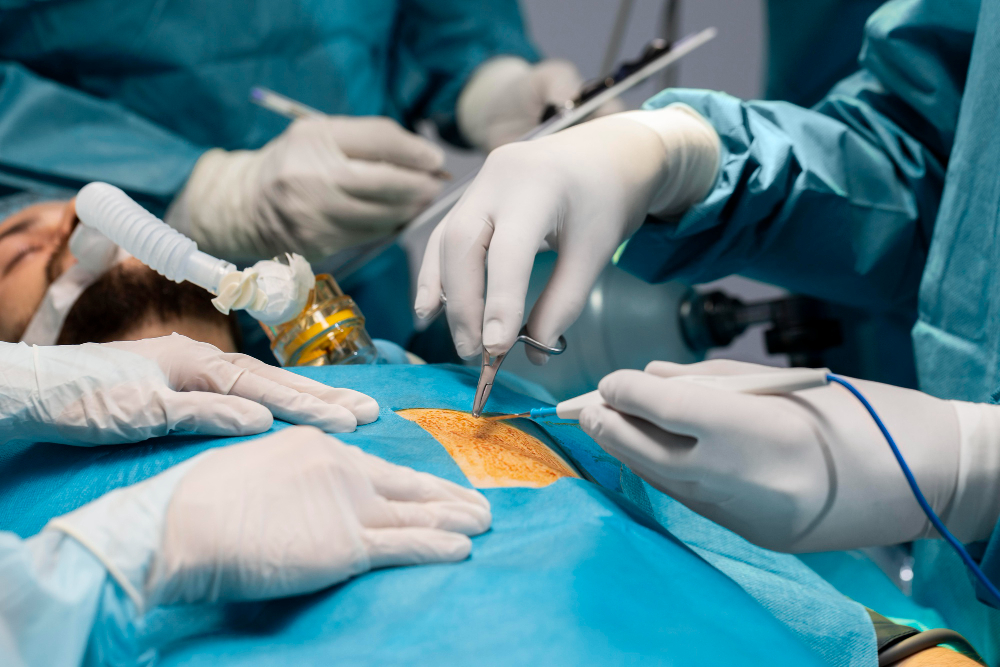Introduction
A hernia happens when an organ or tissue pushes through a weak spot in the muscle or tissue wall. Hernia repair is a common surgery that fixes this problem. Understanding hernia repair made easy helps you spot symptoms early and choose the right treatment. Early care can prevent serious issues and make recovery smoother. Many people have questions about hernias, so this guide will explain symptoms, diagnosis, and treatment options in simple terms.
What is a Hernia?
A hernia forms when part of your body, like the intestine, bulges through a weak area in your muscles. Most hernias appear in the belly or groin. However, they can also show up in other places. There are several types of hernias, including:
While hernias may seem minor at first, they can cause pain and other problems if left untreated.
Common Symptoms of Hernias
Recognizing hernia symptoms early can help you seek care sooner. Most hernias cause a visible lump or bulge. But, not all hernias look the same. Here are some common signs:
If you notice any of these symptoms, it is important to talk to your doctor. Sometimes, hernias can become serious and need quick treatment.
Causes and Risk Factors
Hernias can happen to anyone, but some factors raise your risk. For example, weak muscles from birth or aging can make hernias more likely. Other common causes and risk factors include:
Although you cannot always prevent a hernia, knowing your risk can help you take steps to protect yourself.
How Hernias are Diagnosed
Doctors use several methods to diagnose hernias. First, your doctor will ask about your symptoms and health history. Then, they will do a physical exam to check for lumps or bulges. Sometimes, hernias are easy to see when you stand or cough. However, some hernias are hidden and need special tests. These may include:
With the right diagnosis, your doctor can suggest the best treatment for you.
Hernia Repair Made Easy: Treatment Options
There are several ways to treat hernias. The best option depends on the type and size of your hernia. For small hernias that do not cause pain, your doctor may suggest watchful waiting. However, most hernias need surgery to prevent problems. Common hernia repair options include:
Both methods are safe and effective. Your doctor will help you choose the best approach. According to the CDC, hernia repair is one of the most common surgeries worldwide.
Recovery and Aftercare Tips
After hernia repair, most people recover quickly. But, following your doctor’s advice is key for a smooth healing process. Here are some hernia repair recovery tips:
Most people can return to normal activities within a few weeks. However, always check with your doctor before resuming exercise or work.
Preventing Hernias: Lifestyle Guidance
While not all hernias can be prevented, some healthy habits can lower your risk. For example, you can:
By making these changes, you can protect your body and lower your chances of getting a hernia.
Conclusion
Hernia repair made easy means knowing the symptoms, getting the right diagnosis, and choosing the best treatment. With proper care, most people recover well and return to normal life. If you think you might have a hernia, consult a specialist for personalized guidance on hernia repair.


